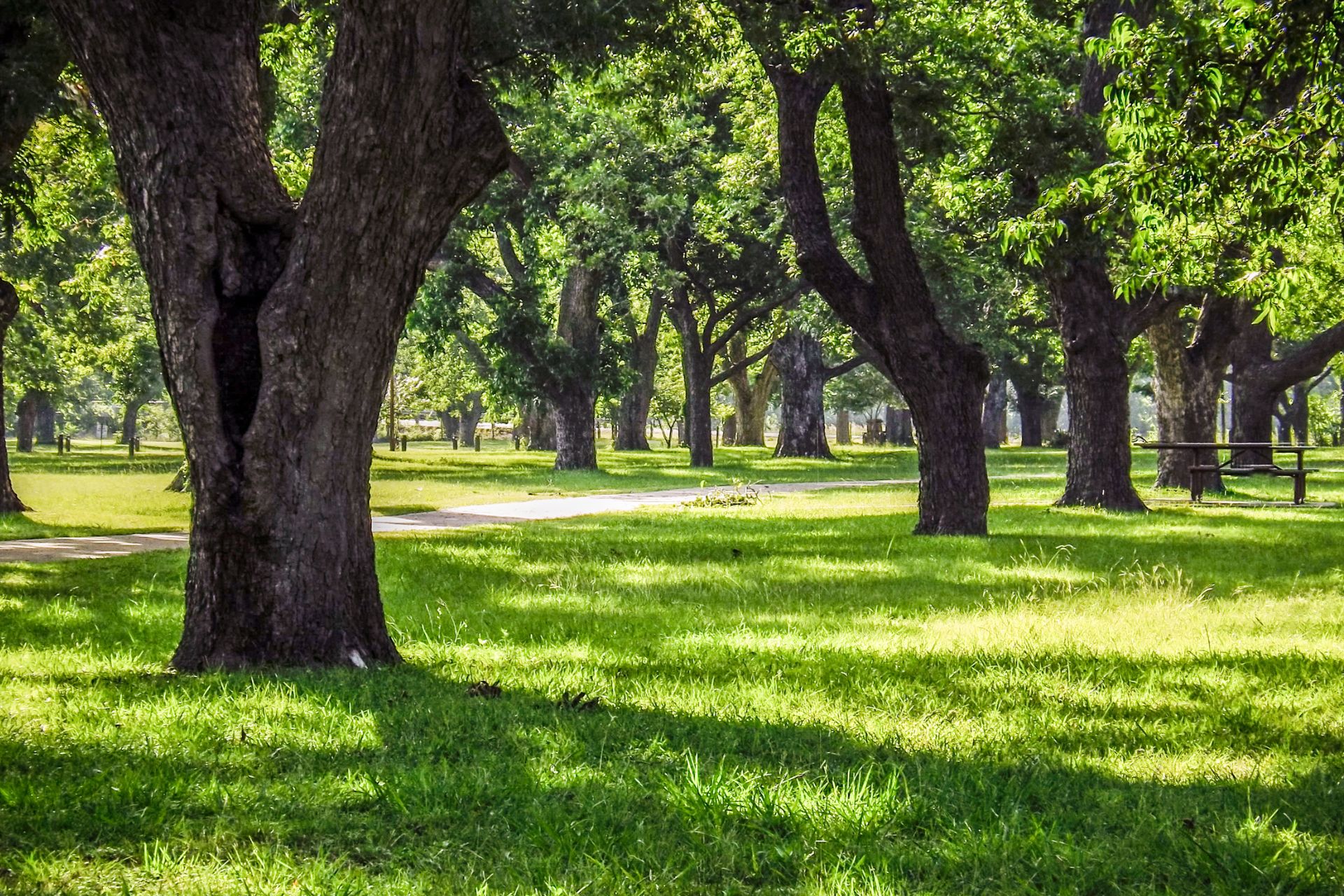Many trees get stressed by prolonged periods of hot, dry weather and can even wither and die in drought conditions.
If you live in an arid climate but would love to add a tree to your garden, choosing one that can handle drought is crucial.
In this quick guide, we’ll show you four of the best drought-tolerant trees for your garden and give you some expert tips on how to plant and care for them.
Table of Contents
What Are The Most Popular Drought Tolerant Trees?
Examples of drought-tolerant trees include Ginkgo biloba, Pecan tree, Bay tree, Red Maple, Pin Oak, Arizona Cypress, and Eastern Red Cedar. These trees can withstand prolonged periods of drought and still remain healthy. They typically have thick leaf waxes and bark, efficient stomatal control, and extensive root systems that allow them to survive in arid conditions.
Why Should We Use Drought-Tolerant Trees in Landscaping?
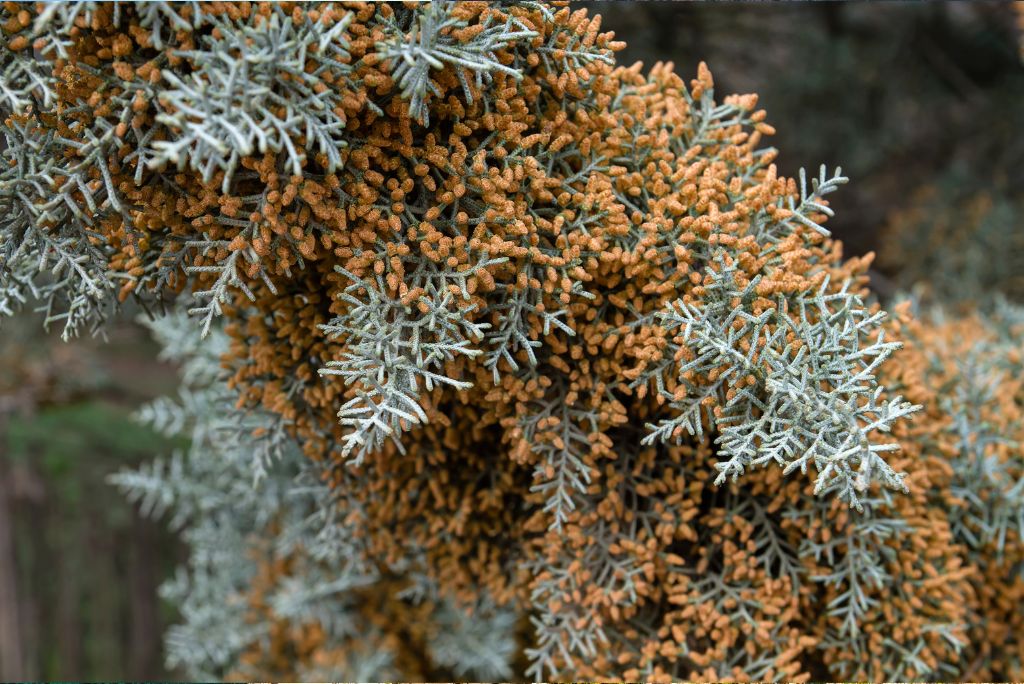
If you live in a drought-prone area, you might be wondering why you’d go to the effort of planting trees, but they come with some key benefits.
Great for water conservation
It’s true that young saplings need regular watering to grow deep, healthy root systems. However, once they have established, trees need infrequent watering to thrive. Tree roots are much deeper than other drought tolerant plants, meaning they can absorb groundwater from deep within the earth.
Give some much-needed shade
Whether you want to sit and enjoy your garden on a hot day or your plants could do with some cover, trees provide wonderful amounts of shade that make gardens more useable. They’re also great for creating shady spots for pets to hang out in the sunshine.
Helps with flooding
If you live in an area that is prone to storms or flash flooding, trees act as a barrier to help stop soil erosion and direct runoff water. The deep roots help to anchor the soil and keep it in place, even in harsh weather, which is especially good if you have a sloped landscape.
4 Types of Drought-Tolerant Trees
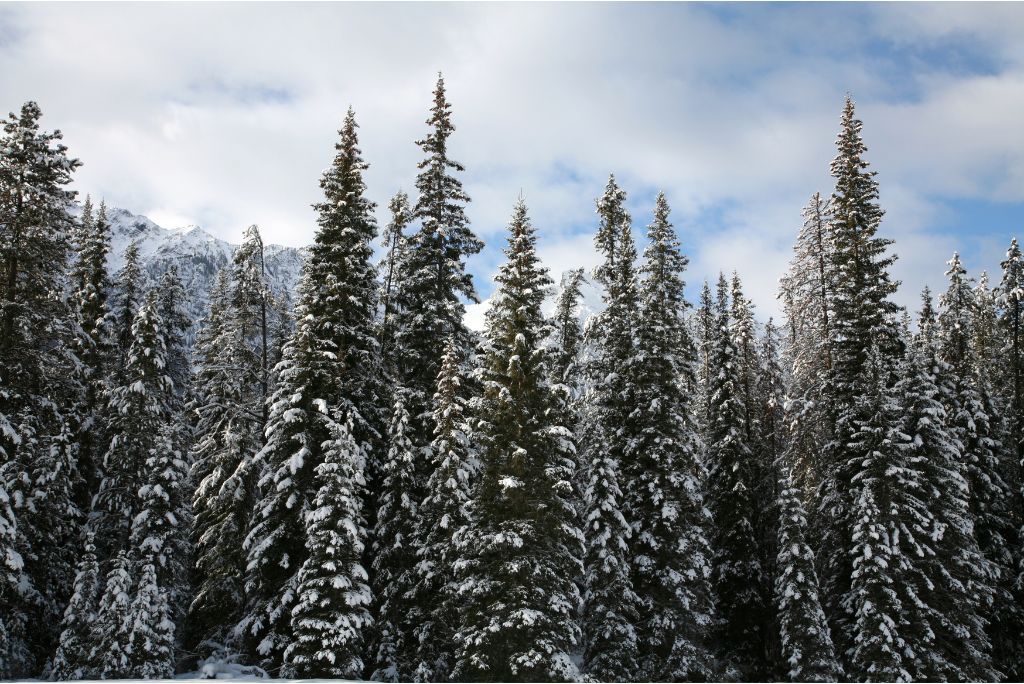
We’ll look at specific species of drought-tolerant trees in the next section, but if you’re planning on heading to your local garden center and doing your own research, there are four categories of trees to consider.
Evergreen trees
Evergreens keep their leaves year-round, meaning you’ll have greenery in your garden even in the fall and winter when most plants shed their leaves or die back.
The great thing about evergreen trees is they love full sun, so they do well in arid climates. Many also fare well in harsh winters, giving you a low-maintenance option for the entire year.
Deciduous trees
The word “deciduous” means “to fall off”, referring to the tree’s ability to shed its leaves in the autumn. Most deciduous trees have broad, flat leaves and bare flowers or fruit (known as blossoms) in the spring.
Some deciduous trees are drought-resistant, while others don’t do so well in prolonged dry weather, so it’s important to do your research. Most types of oak, elm, hickory, and ginkgo are all great drought-tolerant options.
Coniferous trees
Evergreen, cone-shaped trees that grow needle or scaly leaves are known as conifers. These are an ancient type of tree, with the oldest on record being about 5,000 years old.
Conifers won’t survive without weekly watering during their first year of life, but after that, they are well-adapted to survive even a severe drought.
Broadleaf trees
This one is a diverse botanical group that encompasses any tree with broad leaves that produces seeds inside fruits. Often called hardwoods, broadleaf trees are often drought-resistant when mature, but since this is such a broad category, it’s important to research any individual species.
5 of the Best Drought-Tolerant Trees For Your Yard
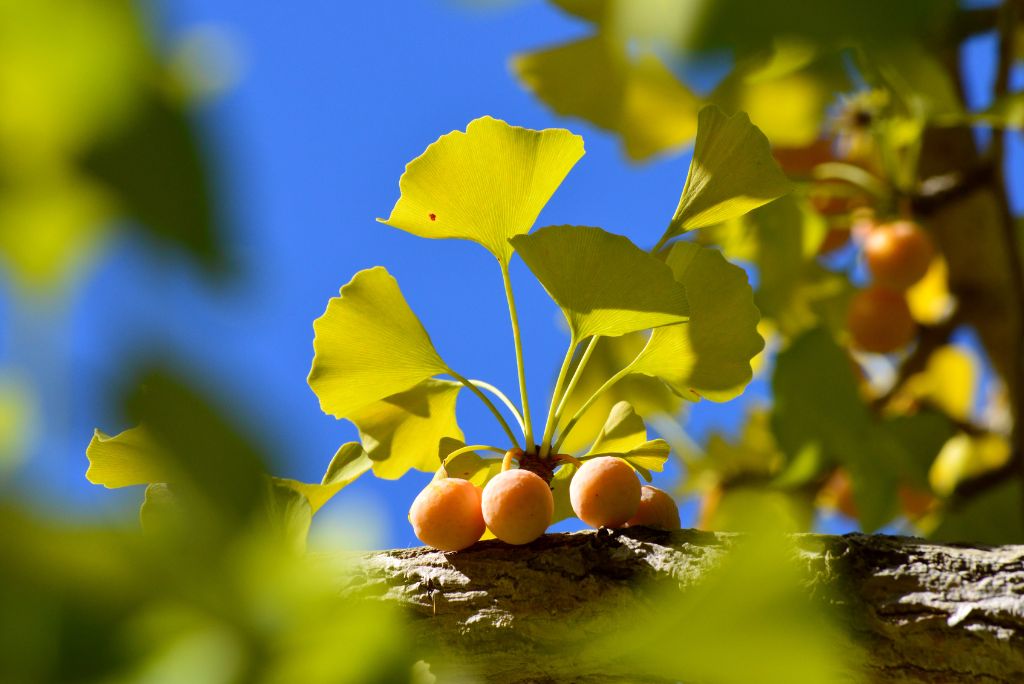
If you’re planning a xeriscape and want to add some trees for interest and structure, here are drought-tolerant trees that will thrive with minimal water.
Ginkgo biloba
This is one of the oldest living tree species and was here before the dinosaurs, 245 million years ago. The ginkgo is a solitary species that can reach heights of 30 meters (98 feet).
It prefers full sunlight and well-draining soil and will eventually bear fruit in the autumn. They will tolerate drought, but you’ll get a fuller tree if you water it regularly.
Be warned: The fruit from this tree is unpleasantly pungent, and the seeds inside can be harmful if eaten.
Mimosa tree
The fluffy yellow balls that grow on the mimosa tree look beautiful and smell amazing, making this one a popular choice for gardens. It only grows to around 12 meters (39 feet), so it can be grown in smaller gardens.
The mimosa tree likes a sheltered but sunny spot with well-drained, acidic to neutral soil. They are reasonably drought tolerant and need little maintenance to grow (which they will quickly).
Bay tree
The bay tree is actually an evergreen shrub that’s native to the Mediterranean region. Bay leaves are popular in cooking, so this is a great one for any chef who likes home-grown ingredients.
Since it’s adapted to the Mediterranean, the bay tree does well in hot climates and can tolerate drought very well. They can grow to around 18 meters (60 feet) and will bloom small, yellow flowers in the spring.
Eastern Redcedar
Native to eastern and northern America, the eastern redcedar is actually a juniper tree that’s the most widely distributed conifer in the eastern part of North America. You’ll often see it growing in unused fields, along highways and back roads, and even open pastures.
Although it has a bit of a bad reputation as being “weedy”, it’s incredibly drought-resistant, tolerant of most soil types, and can take harsh winter weather. It matures at about 50 feet tall, and the fruit is a welcomed sight for local birds and wildlife.
Warning: The eastern redcedar can be a host of cedar-apple rust, which kills pome fruit trees such as apple, pear, and quince.
Characteristics of drought-tolerant trees
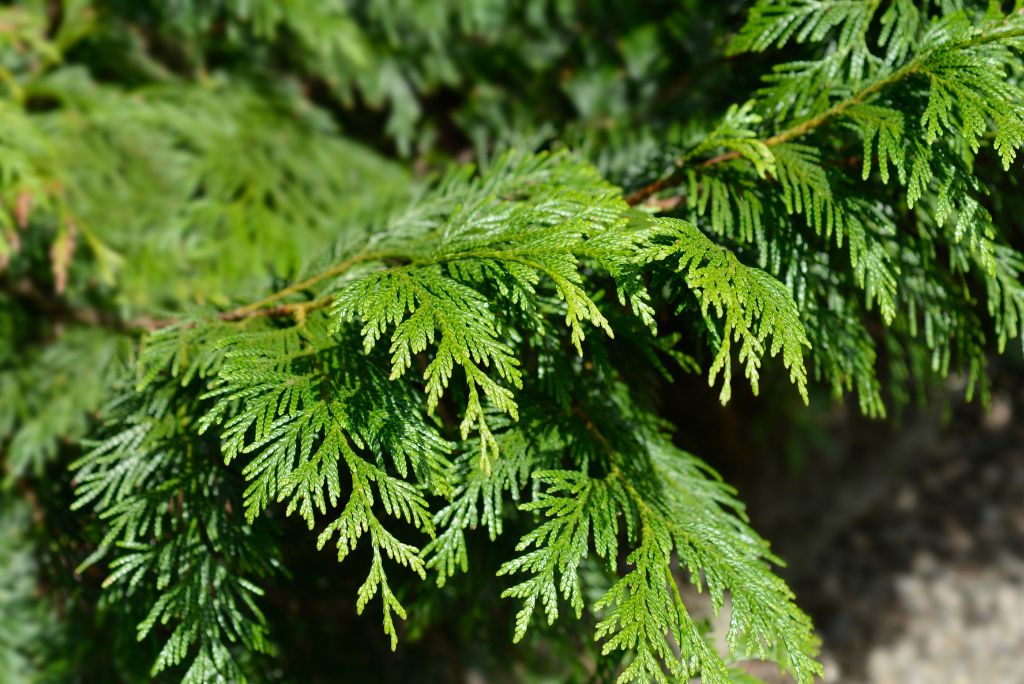
If none of those trees fit your landscaping plans, here’s a quick guide on how to spot a drought-tolerant tree so you can choose one that works for you.
- Trees with small leaves have better water-use efficiency, so they take less watering.
- Upland species are more drought-resistant than bottomland species.
- Trees with deep, upright crowns are more water-efficient than flat, widespread crowns.
- Trees with multilayered crowns and more living branches (e.g., oak, ash, hickory) are more drought-tolerant than those with leaves in single layers along the crown (e.g., beech, redbud, magnolia).
- Thick, waxy leaves are a good sign of drought tolerance.
If you’re totally unsure which tree would work best, you can refer to the USDA plant hardiness zone chart for help.
Best Practices for Planting & Caring For Drought-Tolerant Trees
Once you’ve chosen the perfect tree for your xeriscape or rock garden, here are a few tips for successful planting and tree care:
Choose the right location
A sapling will fit just about anywhere in a garden, but will it become disruptive when it has fully matured? Make sure you choose a spot with plenty of space, sunshine, and the right kind of soil.
Some trees prefer full sun, while others like partial shade, so take this into account when choosing the right spot in your landscape.
Proper watering techniques
If you buy a baby tree, it will need a deep soak when first planted. This ensures the root system is anchored and drenched, helping to alleviate transplant shock.
For the first year, aim to water your new tree once a week and give it about an inch of water. This can seem like a lot, especially in drought-prone areas, but it will give it the best chance of maturing.
After that first year, you can reduce your watering down to just once a month (or even a season for larger species).
Mulching
Mulch is a great tool for helping new trees get all the nutrients they need. Add a one-to-two-inch layer of organic mulch around the trunk of your tree and top it up when it starts to disappear.
Mulch not only adds beneficial nutrients, but it also helps lock in moisture and prevents weeds from growing.
Pruning and maintenance
Most new trees don’t need pruning or maintenance while growing, but you might decide to trim the branches if you’re aiming for a particular shape.
A deciduous tree is easiest to prune in the autumn and winter when the leaves have fallen. This gives you a better idea of the shape of the tree and ensures you don’t take too much off.
Drought-Tolerant Trees FAQ
Q: What trees require the least amount of water?
A: Some of the trees that require the least amount of water include:
- Palo Verde
- Chinese Pistache
- Desert Willow
- Acacia
- Mesquite
Q: Which tree is best for dry land?
A: There are several trees that are best for dry land or drought-prone areas, including:
- Arizona Cypress
- Cedar Elm
- Texas Redbud
- Mexican Sycamore
- Olive
Q: What is the most drought-tolerant crop?
A: There are several crops that are highly drought tolerant, including:
- Cactus pear
- Black-eyed peas
- Sorghum
- Amaranth
- Okra
Q: What is the most drought-tolerant evergreen?
A: Some of the most drought-tolerant evergreens include:
- Juniper
- Pine
- Cedar
- Cypress
- Spruce
Enjoy Your New Drought-Tolerant Tree!
There is something uniquely beautiful about adding trees to a garden landscape. They provide beautiful color, much-needed shade, and structure to any yard. Not to mention, they’ll be there for years to come, allowing future generations to enjoy the fruits of your labor.
Do your research and make sure you choose a drought-resistant tree if you live in a hot, dry climate, and don’t forget to follow our planting and care tips to give it the best chance of thriving.

